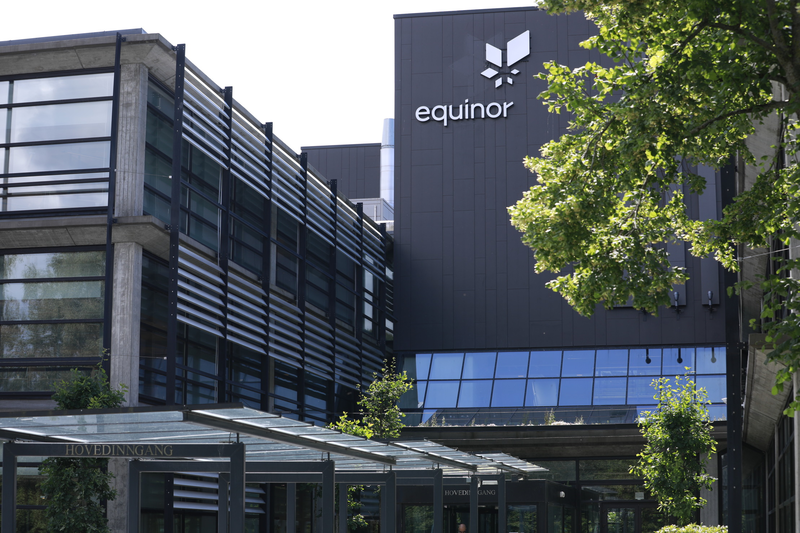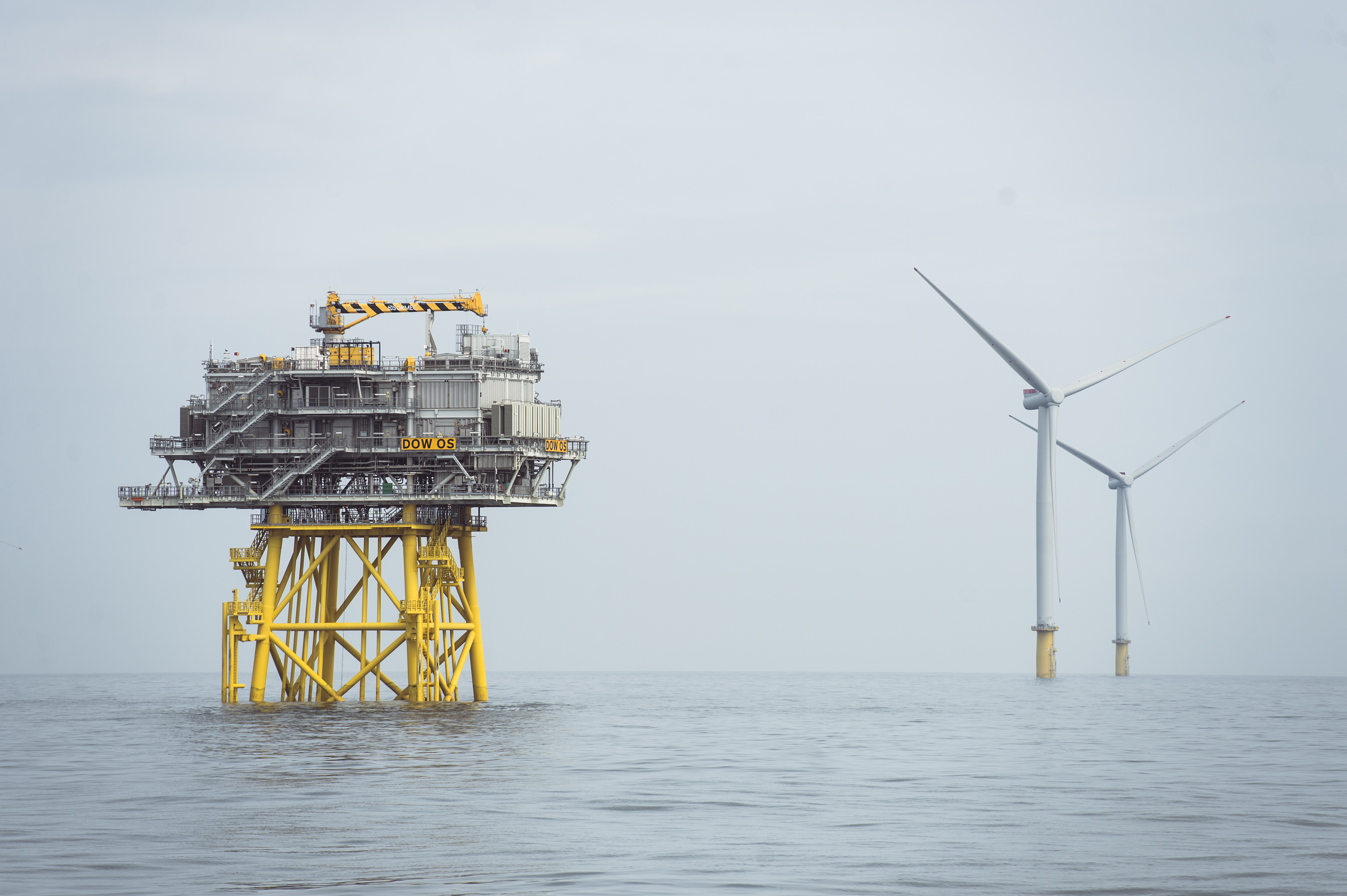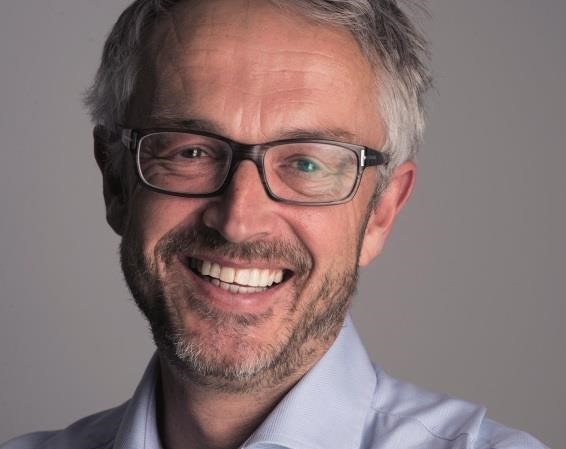From Promise to Action is a series of research reports, interviews with senior executives at multinational corporations, and events exploring how companies are translating net zero emissions goals into practice. This publication is the first release from our interview series with private sector leaders responsible for delivering on their companies’ climate ambitions.
Equinor has been a leader on energy sector transition. It is one of the world’s most CO2-efficient producers of oil and gas and has been leading on investment in renewable energy production as it transitions to become a producer of clean energy for the future. In 2020, the company made a commitment to become a net-zero energy company by 2050, including emissions from production and final consumption of energy.
Emily Farnworth, Global Director of Low Carbon Economy Transition at ERM, interviewed Bjørn Otto Sverdrup, Senior Vice President of Corporate Sustainability at Equinor, who is responsible for Equinor’s corporate sustainability strategy and is helping to set the company’s ambitions for reducing carbon intensity and developing renewable energy capacity to meet its net zero targets.
Emily Farnworth: What was the driver behind Equinor’s recently announced net zero targets?
Bjørn Otto Sverdrup: It’s fair to say that the targets we announced are a result of a long journey. We are still on that journey, and there will be new targets and ambitions.
What led us to this point is a combination of two broad developments. Firstly, it is systematic work around raising awareness about climate science and the role of companies to respond to this. Secondly, we have also been working hard to understand our own footprint.
We have been working on Scope 1 and 2 for a while, but a big step this year was to include Scope 3. It’s a big change of mindset from just looking at energy efficiency and how you can transition operations that you have complete control over to looking at your entire portfolio.
When we juxtaposed our business against the projections and trends of where society wanted to be, we saw that there was a big mismatch.

We are aware of regulatory risks associated with fossil fuels but there are also a mix of other factors that have been churning for the last five years.
We had to ask ourselves what kind of company we wanted to be in the future.
So in sum, there was a broad set of drivers, but ultimately we believe that a low carbon transition is good for our business.
What is the process you go through to identify and prioritize the steps that Equinor needs to take in order to deliver on your net zero goal?
If you look at your own emissions, there are two big categories. There are gradual improvements that you can make to avoid emissions by doing things more smartly and applying digital solutions. These are the small steps that companies can take.
Then there are the big leaps that we need to make such as completely redesigning our operations. This could require billions of dollars in investments.
It is not about what we have in the portfolio today, it is about what we need to add in the future.

How much do you rely on the business case in the climate goals that you have set?
Our own emissions are about 15 million metric tons of CO2. This is the energy that we require to produce energy. We have the ambition of achieving net zero for our own operations by 2030.
Our decisions and targets have been driven by economics and primarily the price of CO2.
One additional thing to note is that many of the emissions associated with our operations and the use of energy we produce are coming from Norway.
We as a company represent a third of the country’s emissions. If the country wants to be carbon neutral, then we need to be of the same mindset.

To be able to reach net zero, including for the consumption of the energy that we supply, we are talking about a much larger number. That’s where we are being bold. We will over the coming decades produce less oil and gas, help develop carbon capture and storage solutions, and convert more natural gas to hydrogen. And we also need to help achieve negative emissions.
Reflecting on the biggest leaps to come, where do you see the challenges?
We have four major leaps ahead of us. Firstly, we would like to to increase our growth in renewables. Compared to existing business, renewable energy generates smaller returns but it still has a strong business case.
The second key task is developing the technologies that are needed for managing carbon capture and storage. We will have to dare to invest in the long-term technologies that are needed.
Thirdly, we will need to decide the extent to which we will rely on natural-based energy sources to be part of our portfolio.
And the fourth and most difficult challenge is that none of our key emissions targets can be achieved unless we produce less oil and gas over time. It is never popular nor easy to say this.

Ultimately, if you are producing oil and gas in a world that wants to reduce carbon, you need to reinvent yourself.

The time horizon required to achieve this transition is decades but everybody wants to see changes overnight.
What are the solutions to achieving scale in your transition?
Wind and solar will be the two dominant solutions. If you look far enough, solar will be very big, but for now wind has tremendous potential to build scale.
Equinor chose wind because we can use our competence and competitiveness and achieve scale, and because wind is better offshore than onshore.

To realize the potential for wind, we need technological solutions and partnerships. The two main challenges are that very few governments provide the acreage needed for offshore wind, and permits are hard to get, with a lot on this falling on the regulatory side.
In the technology space we need to have floating solutions. We have worked at this for more than fifteen years. We currently have two floating projects, and we need more to bring the cost down.
What is the role of partnerships in your net zero journey?
We have a great partnership with the Scottish Government in helping us develop a pilot in Scotland, and with easing the regulatory issues and some of the financial terms.
Similarly, the Norwegian Government has been extremely supportive with de-risking and innovation. Existing companies within the oil and gas businesses have been strong partners as well. Our partners also include stakeholders inside Equinor, where we have PhDs and other experts who have been essential.
Going forward, when it comes to building our renewables capacity, the environmental permitting processes will be important. There are concerns around biodiversity, onshore and offshore habitats, and changes in land use, all of which can make the process complex.
For our size, we have remarkably few customers, but they have also been important partners. We are working with European chemical and steel production giants to figure out how to supply energy in a way that helps to decarbonize steel production. We want to understand how they are using energy and how much they are willing to pay for carbon-free energy.
Finally, from time to time we need to take a step back and evaluate what is happening, and reflect on the tectonic shifts. For this, the role of NGOs is very important. I admire the environmental assessments, insights and analysis that NGOs produce.
The role of NGOs will also be very important on biodiversity. They understand the interplay between protecting biodiversity and helping companies articulate the nature-positive approach to climate.

What is your advice to other companies that are going through the process of setting net zero targets?
I am glad to see that our leadership is challenged; we welcome that.
The first and most important step is to determine what kind of company you would you like to be. Ask yourself a question: What will a successful company in 2050 look like?

Ultimately, sustainability is about how we relate to society and our future. Each company needs to find what is right for them. It can be hard, but companies must find a way to share their intentions and ambitions.
On the flipside, think about how you can build credibility from where you are now. How do you demonstrate that you are addressing key challenges? You need to focus on both short-term and long-term actions. If you only speak about long-term ambitions, that is vague. If you only focus on short-term, then you will continue to be in a stalemate and not contribute to broader societal ambitions.
Numbers are really important in the process. Set your ambitions and start following up in a way that you do with traditional performance management.
Finally, what comes from the top is very important, but those at the top don’t always have all the good answers or readymade strategies. Everybody in the business has a very important role to drive performance. Great teams can achieve a lot in changing a company.

